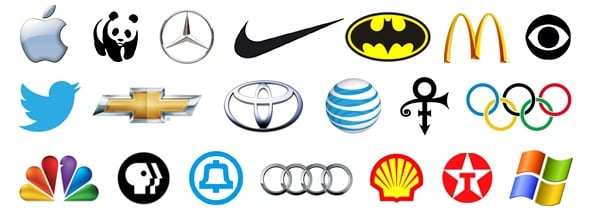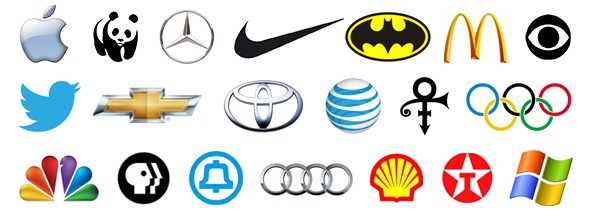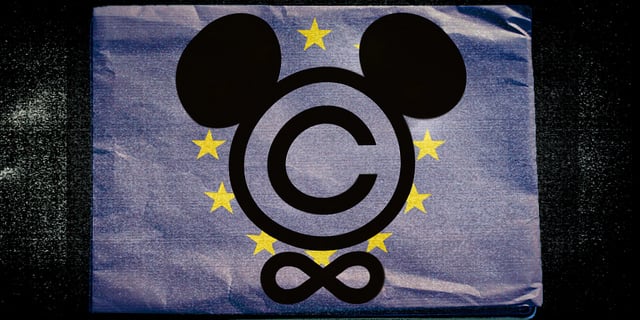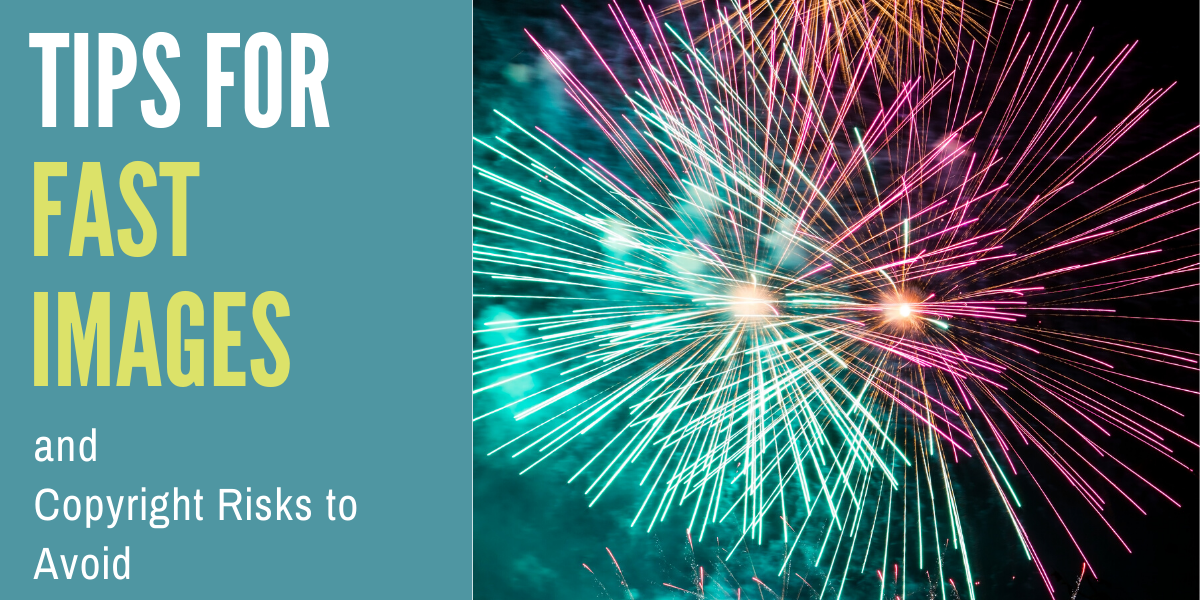Copyright Dangers: Is Your Business at Risk and What to Do
Your business or nonprofit faces copyright dangers on both sides of thecopyright law: For violatingsomeone else’s copyright, resulting in hefty...


We build websites. It’s not all we do, but it is a big part of the services we offer to clients large and small. Often during the process we complete a review of what content a client already has, what they need, and how to get what’s missing.
Sometimes, folks find that “perfect” image they’ve been looking for – the one that is bright and exemplifies the story on the page. But wait – can we use it? Often, the answer is no.
Although many schools encourage students to find information on the Internet and incorporate it into their presentations and reports under the "fair use" or education guidelines, the same rules don’t hold true for business or nonprofit websites.
When we put together a site and its resources, we ask about copyrights and usage agreements. Did you purchase the rights to use the photography? Did you purchase web rights? Do you have permission to re-distribute news articles (as PDFs) from publications?
We don’t ask these questions to be difficult or to increase our fees or the fees of legions of photographers out there, but to protect our clients from other potentially higher costs down the road. We ask because infringement of someone’s copyright can be very expensive and troublesome.
Copyright is the set of exclusive rights granted to the author or creator of an original work, including the right to copy, distribute and adapt the work. These rights can be licensed,transferred and/or assigned. Copyright lasts for a certain time period after which the work is said to enter the public domain. Copyright applies to a wide range of works that are substantive and fixed in a medium.
 Source Wikipedia
Source Wikipedia
We’ve had clients come to us that have found out that their own company or product logo is actually owned by the designer that created it. Furthermore, the use of the logo was subject to license fees. At as little as one-cent per impression, license fees can add up quickly. Think about printing stationery, checks, business cards and labels: a small print run could be 25,000 impressions or more – and cost upwards of $250 in additional costs. Now think about how many times you’d like your website seen and visited, and you see more costs adding up.
The Internet is about delivery of content, and protection of ownership and content is increasingly becoming big business.
Consider this article: It reports “A Boston University graduate student was ordered to pay four record labels a total of $675,000 in damages for illegally downloading 30 songs and sharing them online.”
Using someone’s photo or drawing without permission falls into the same category of copyright infringement. It’s not unlikely that a photographer who previously worked for you or your company in the past will look at your website from time to time – maybe they are looking to see if you introduce a new product or announce an upcoming event and will need photography. You do not want them to see a photo on your website that is protected by his/her copyright.
As we work with clients, we encourage them to formalize their agreements with designers and photographers and purchase the rights you need. A little careful planning can prevent a lot of headache down the road.
---
Editor's Note: This post was originally published in June 2010 and has been revamped and updated for accuracy and comprehensiveness.

Your business or nonprofit faces copyright dangers on both sides of thecopyright law: For violatingsomeone else’s copyright, resulting in hefty...

How can you quickly and safely create the images you need for your blogging and social media efforts and avoid common copyright risks? Unless your...

"Use a picture. It's worth a thousand words."- Arthur Brisbane, newspaper editor Images are a must. They draw interest, convey emotion, and...